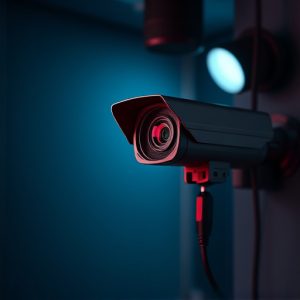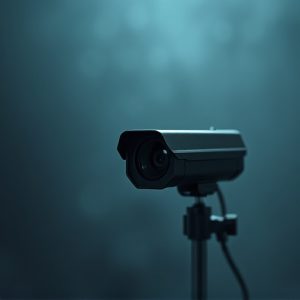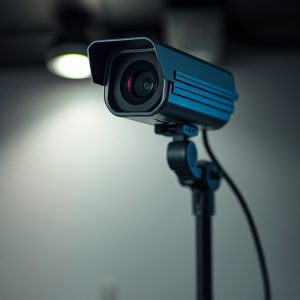Spy Cameras & Microphones: Unveiling Privacy, Security, and Legal Aspects
Advanced spy cameras disguised as everyday items like timers or pen drives, coupled with high-qualit…….
Advanced spy cameras disguised as everyday items like timers or pen drives, coupled with high-quality microphones, have transformed surveillance and security. While offering valuable applications in areas like law enforcement and home protection, their discreet nature raises serious privacy concerns. Legal frameworks globally address these issues, mandating explicit consent for recordings and clear indicators of spy camera and microphone presence to respect individual privacy. Despite regulations, the technology's versatility makes it a powerful tool for various purposes, necessitating ethical considerations to balance security gains with privacy preservation.
In an era where privacy is increasingly scrutinized, understanding the capabilities of hidden surveillance devices like spy cameras and microphones has become paramount. This article delves into the world of covert audio surveillance, exploring how these technologies operate, their legal implications, and diverse applications in modern life. From enhancing security to facilitating investigations, the power of spy cameras and microphones extends far beyond what meets the eye or ear.
Understanding Spy Cameras: Uncovering Hidden Eyes
Spy cameras, also known as hidden cameras, have become increasingly sophisticated with advancements in technology. These devices are designed to operate discreetly, often disguised as everyday objects like timers, smoke detectors, or even pen drives. They typically include a camera and a microphone, capturing both visual and audio evidence. The ability to record secretly has raised concerns about privacy but also offers valuable applications in security, surveillance, and crime prevention.
Understanding how spy cameras work is crucial when considering their potential impact. These devices can record high-definition video and transmit it remotely, allowing users to monitor locations from afar. The microphones capture audio within a certain range, enabling clear conversation or ambient noise recording. Their hidden nature makes them powerful tools for discreet observation but also emphasizes the need for ethical considerations and legal frameworks to protect individual privacy rights.
The Power of Microphones: Capturing Silent Conversations
Surveillance audio, facilitated by advanced spy cameras and microphones, has transformed the way we perceive privacy. These tiny yet powerful tools can capture conversations that would otherwise remain silent, offering a level of insight unattainable through visual observation alone. Microphones, in particular, have become indispensable for security systems, allowing users to monitor activities, verify identities, and gather crucial evidence.
The capabilities of modern microphones are remarkable. They can pick up sounds with astonishing clarity, from distant whispers to faint background noises, thanks to advanced technology like noise cancellation and directionality. Spy cameras equipped with high-quality microphones provide a comprehensive listening experience, enhancing the effectiveness of surveillance operations. This blend of visual and auditory data offers a more nuanced understanding of situations, making it an invaluable asset in various fields, from law enforcement to home security.
Legal Considerations: Privacy and Surveillance Audio
The use of surveillance audio, facilitated by hidden spy cameras and microphones, raises significant legal considerations regarding privacy. In many jurisdictions, the placement of such devices to record conversations or monitor activities is subject to strict regulations under laws protecting individual privacy. Unconsented recording of private discussions, for instance, can be a breach of civil liberties and may lead to legal repercussions.
These legal frameworks vary across regions, but they generally require explicit consent from all parties involved to legally use surveillance audio. The presence of visible or hidden cameras and microphones should serve as a clear indication to individuals that their actions and conversations are being recorded, ensuring transparency and adherence to privacy laws. Proper authorization, such as warrants issued by courts, is often mandatory for law enforcement agencies or private entities to employ these technologies in monitoring sensitive areas.
Applications in Modern Life: From Security to Investigations
In modern times, surveillance audio has become an integral part of our daily lives, offering a range of applications that stretch far beyond mere security measures. Spy cameras and microphones, often discreetly integrated into everyday objects, serve as powerful tools for both protection and investigation. From home security systems that utilize motion-activated spy cameras to monitor suspicious activities to covert microphones in public spaces aiding in criminal investigations, these devices provide valuable insights and evidence.
Business owners use hidden cameras and microphones to safeguard their properties and protect against theft or vandalism. In the legal sector, surveillance audio plays a crucial role in gathering evidence, ensuring fair trials, and maintaining justice. This technology’s versatility allows for enhanced safety and security in various settings, making it a game-changer in both personal and professional spheres.


